While selfies and text messages may be reminders of the time we spend with friends, in times past handmade gifts, letters, and keepsakes such as hair jewelry or a cross-stitch may have been items that people would exchange to keep memories alive. Up until the early 20th century, many people kept friendship books to capture relationships in the moment of their highest affection. Keeping a friendship book was the most common in the 17-19th centuries and many survive today, giving us an intimate look at how people communicated during these years and also how sacred people viewed their relationships.
They are also remarkably pleasing to the eyes.
I often say that the traditions of the past that I write about are ones that we should bring back into practice today, and friendship books are no exception. Here’s why.
The Beginning of Friendship Books in Europe
Friendship books came into use in the universities of Germany in the late 16th century, first when graduates would ask classmates to sign their Bibles, similar to how high school students still today have their yearbooks signed. This practice grew into the passing around of books with blank pages where poems, messages, sketches, and well wishes would be included for the owner. These contributions were often used by graduating students as proof of their reputation and as fancy letters of recommendation as the students set to establish themselves professionally. This has led some today to make a comparison between friendship books and Facebook, though that is a comparison that I find far too reductive for my taste.
The friendship book trend spread through Europe, where it became common practice to keep a book for many years for loved ones to contribute to over time. Given what we know about how passionately many people expressed themselves during these years it is easy to see how this mode of recording became so popular.
The Finery of Early Friendship Books
One of the most famous friendship books of antiquity is that of 17th-century German art dealer Philipp Hainhofer. Because of the success he achieved in his career, Hainhofer traveled frequently and was sought out by dignitaries, nobles, and of course, artists. He was clever enough to keep a friendship book to record his encounters, increasingly serving as excellent proof of his respectability as he advanced in his field. In the end, it also served as a highly sought after artifact. The treasure remained with private collectors (at times assumed lost) until 2006 when it was sold in London by Christie’s for 2.3 million. Last year it ended up with Sotheby’s who sold it to a German library for 3.3 million.
Besides being signed by many members of various German courts and numerous royal family members the book has dozens of pages of handpainted art. Below are some of my favorite pages.
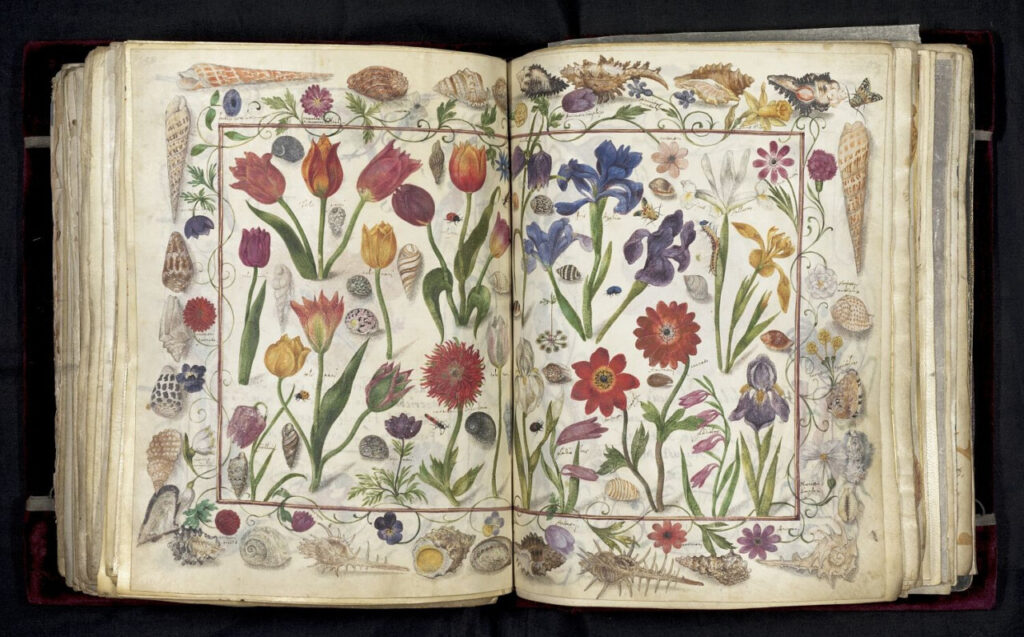
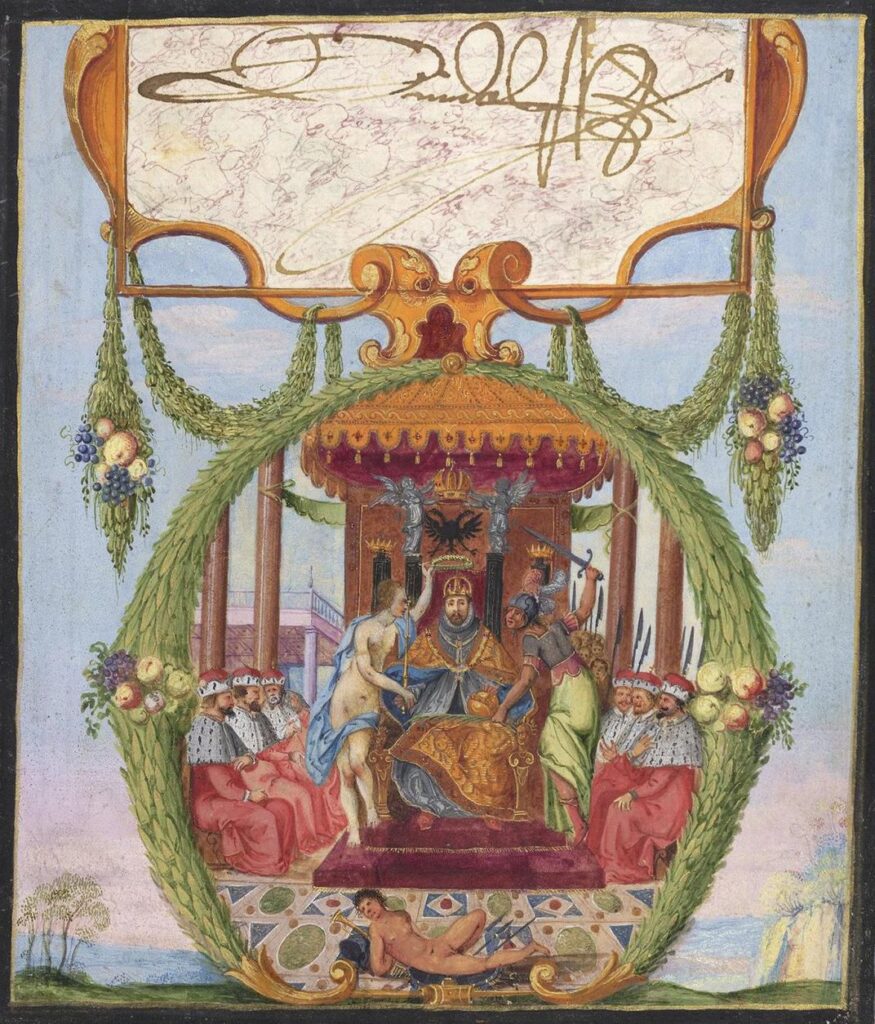
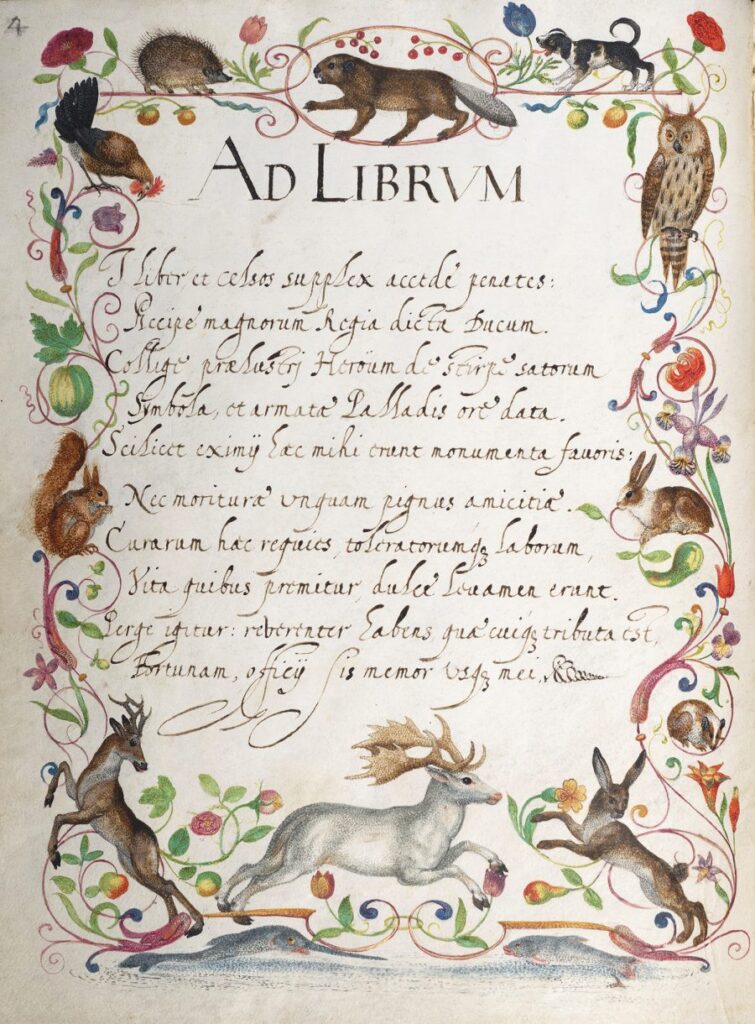
The Friendship Books of Non-nobles are Stunning as Well
While Philipp Hainhofer’s stunning collection provides a particularly impressive example of a friendship book, those without royal ties took great pride in their recordings of loved ones and created beautiful books. Lancashire resident Anne Wagner, for instance, kept a book for many years until her death in 1834 that now includes the following pages from her friends and loved ones:
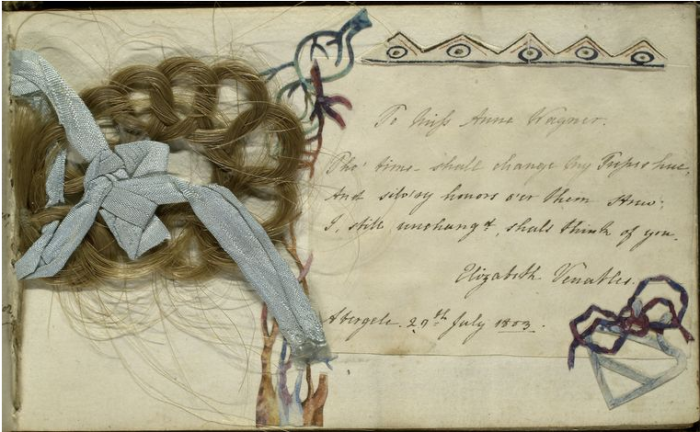
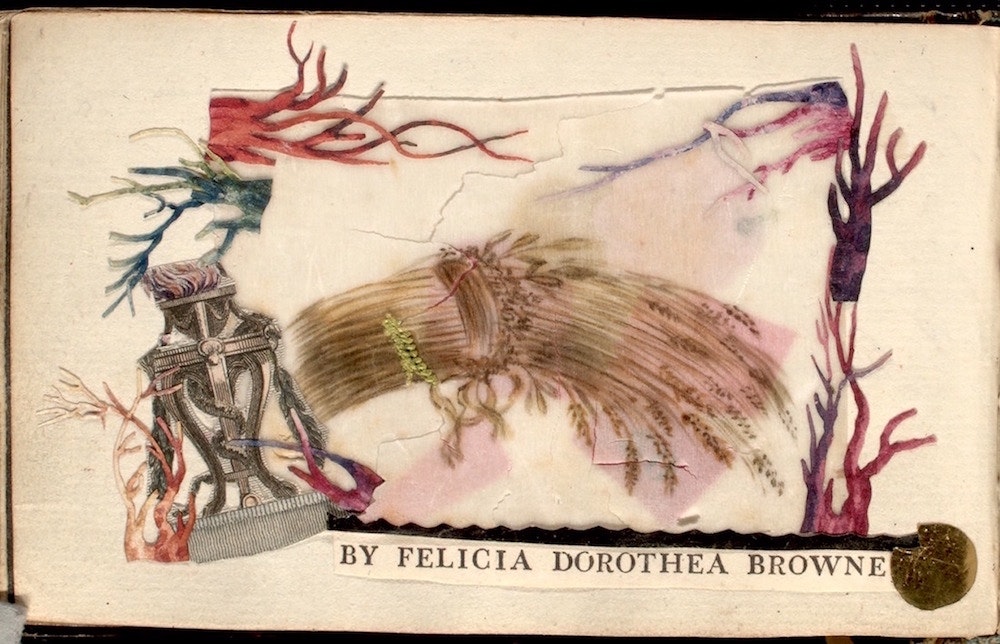
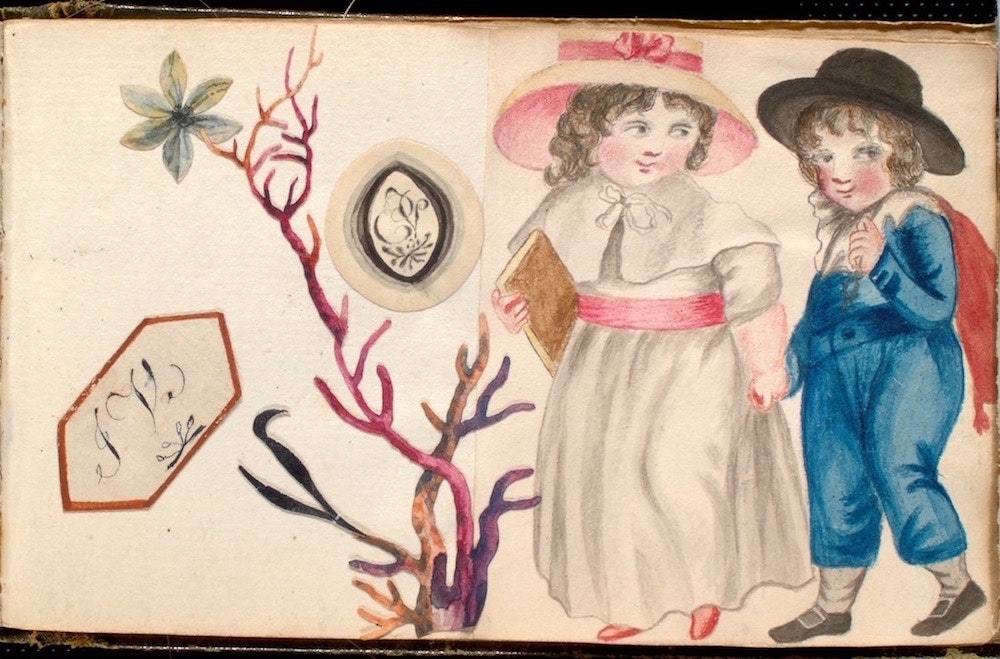
And below are two images from the friendship book of Moses Walens, a young man from Cologne in the 17th century. The book records his travels through Europe and friends he made along the way.
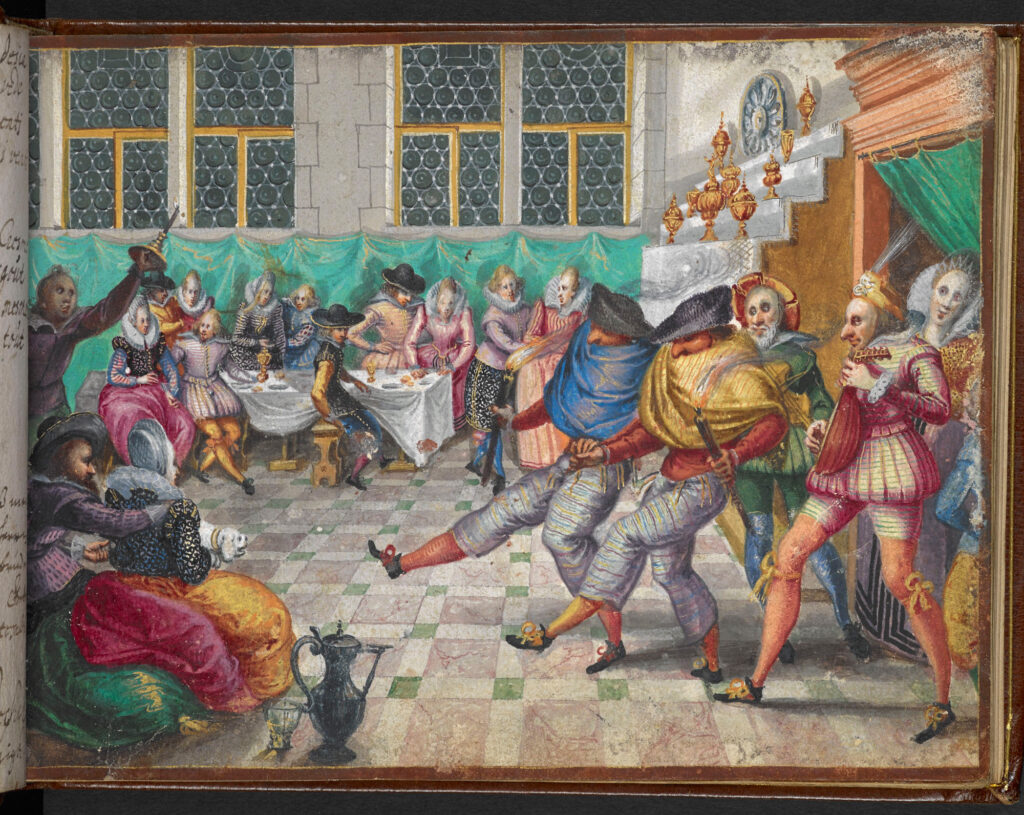
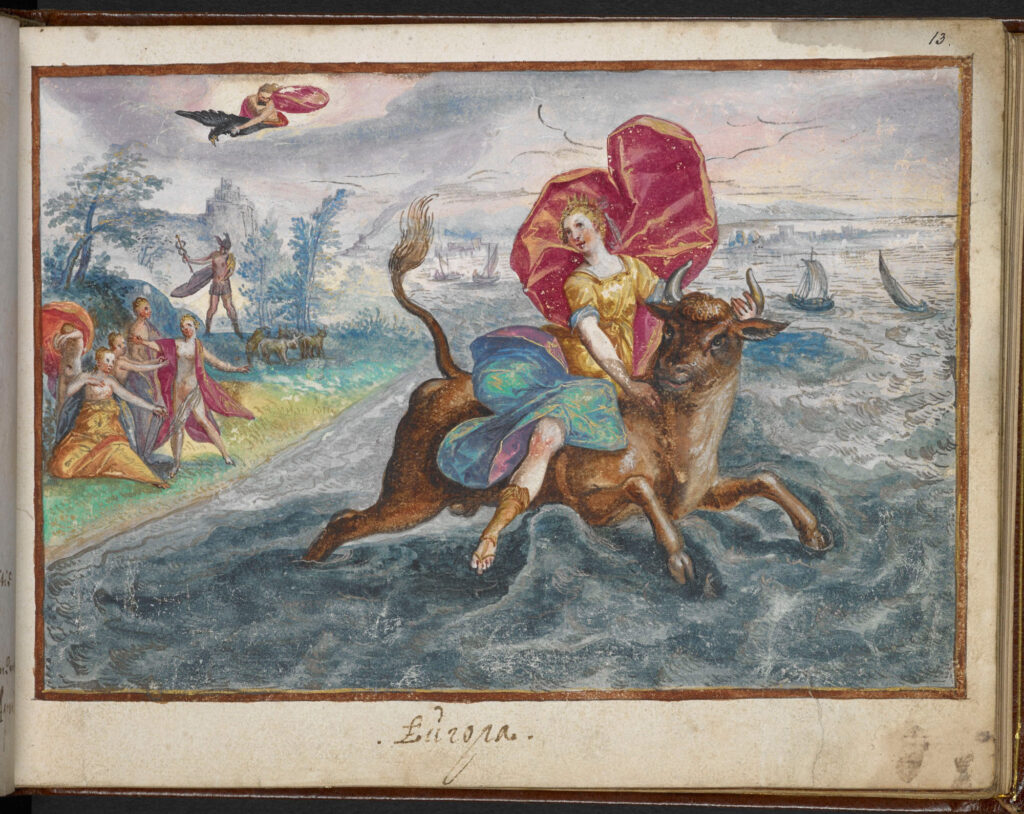
Friendship Books as the Precursors for Yearbooks
Friendship books became popular gifts for students and younger people who were setting out on the next big chapter in their lives. The following examples from a post written by West Virginia Libraries shows how commonplace and varied they were:
Do you have any friendship books from ancestors? Or, would you consider starting one this holiday season to send around and have family members record their thoughts on the pandemic of 2020?

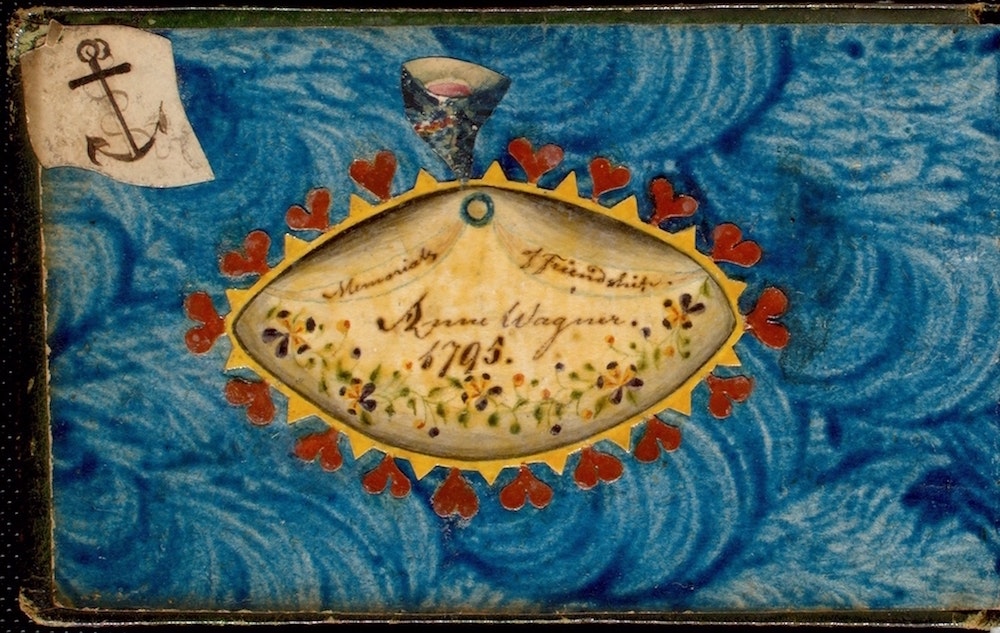
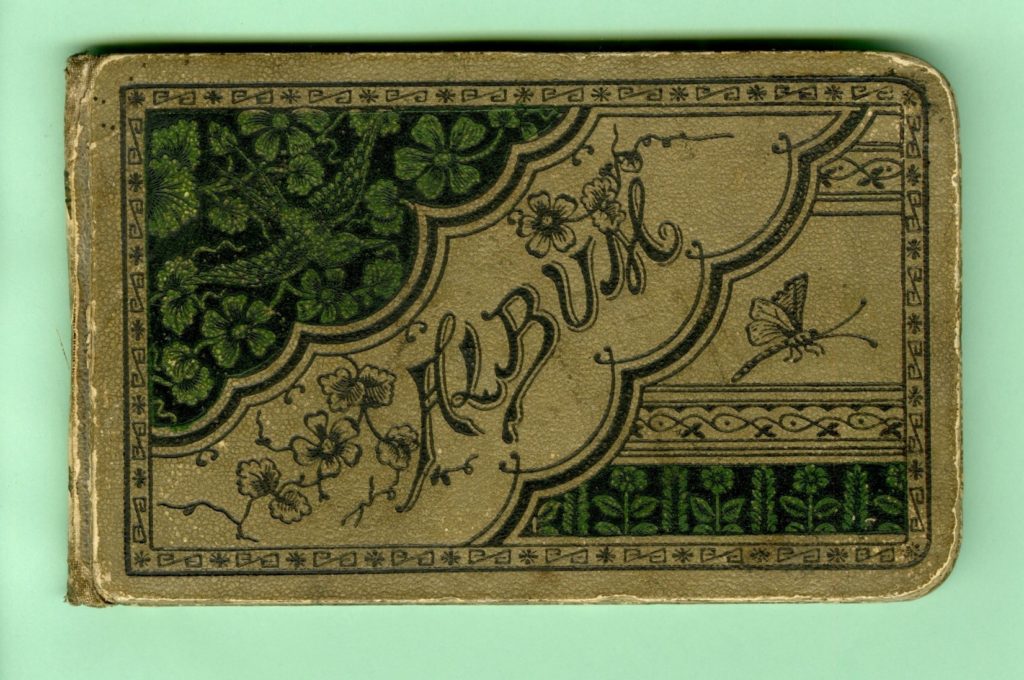
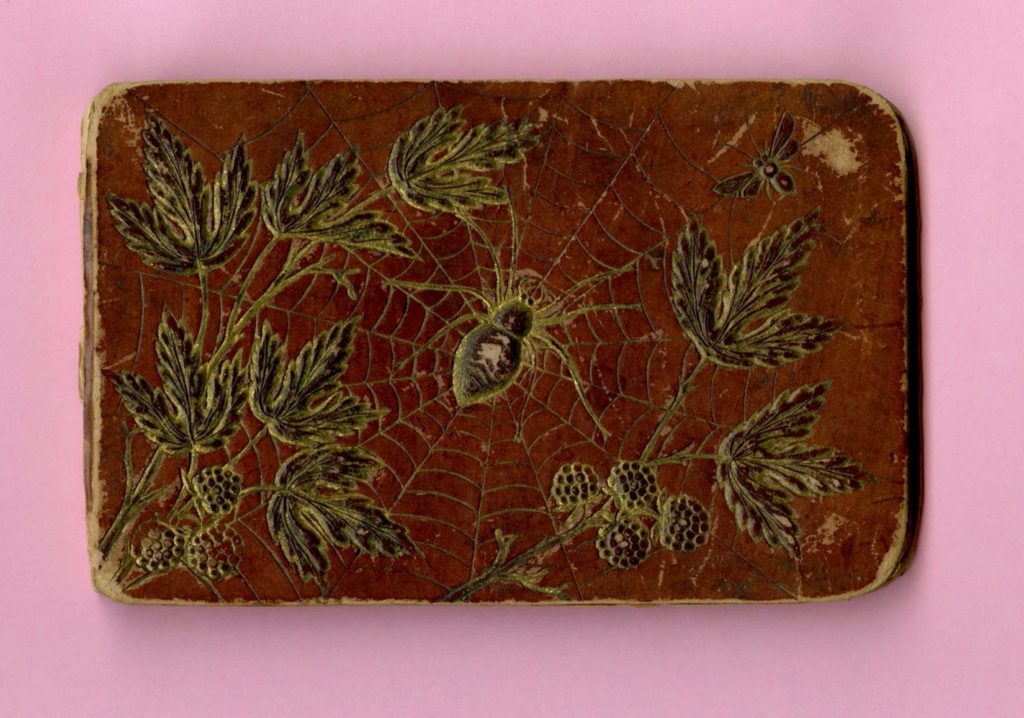
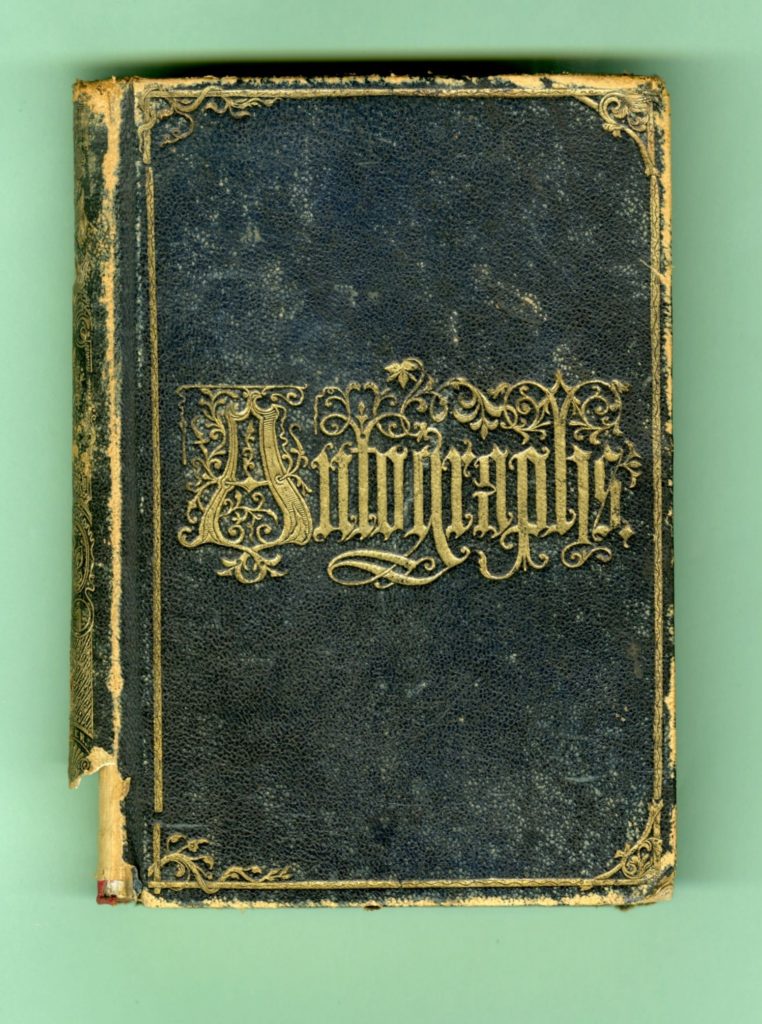




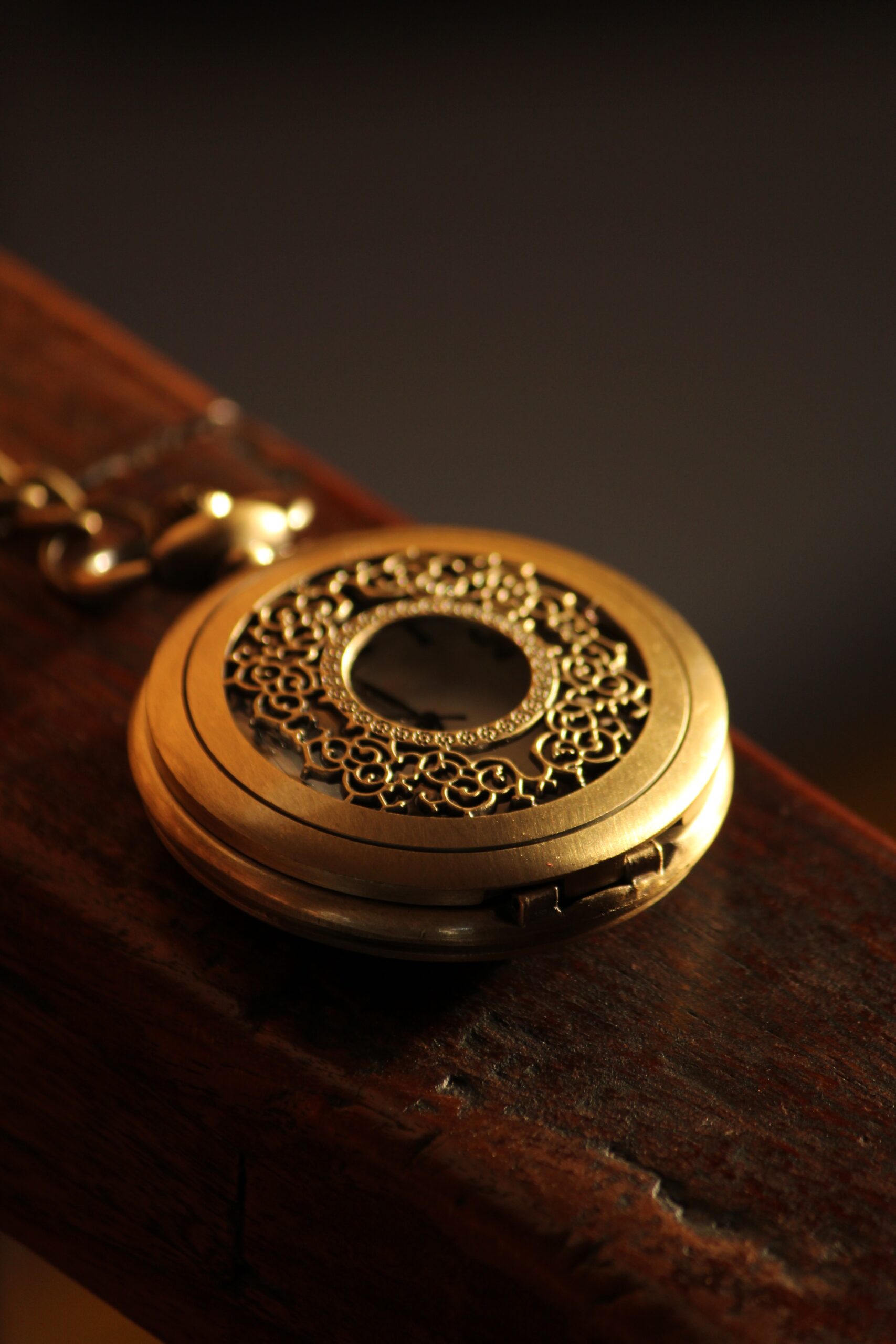



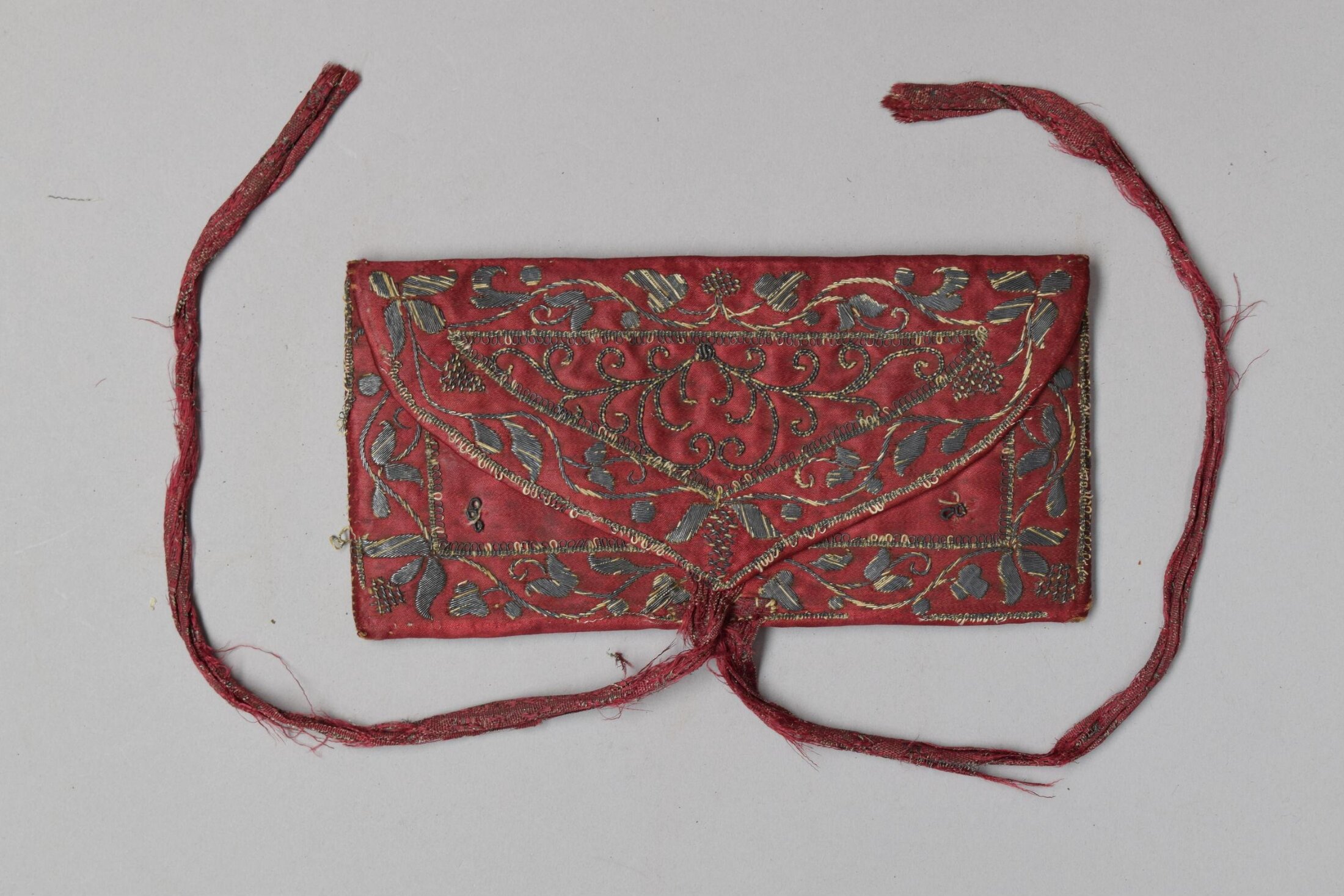
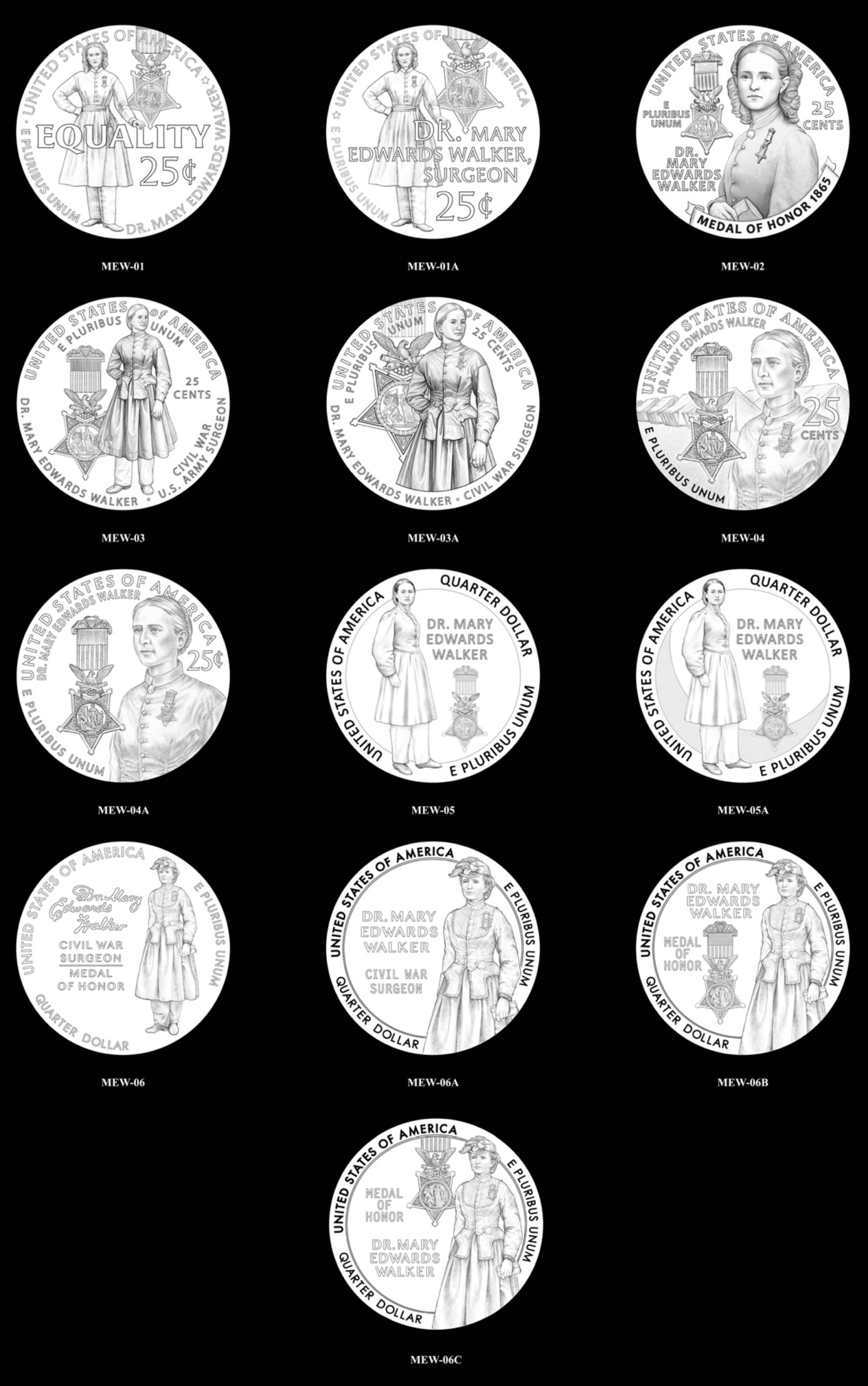
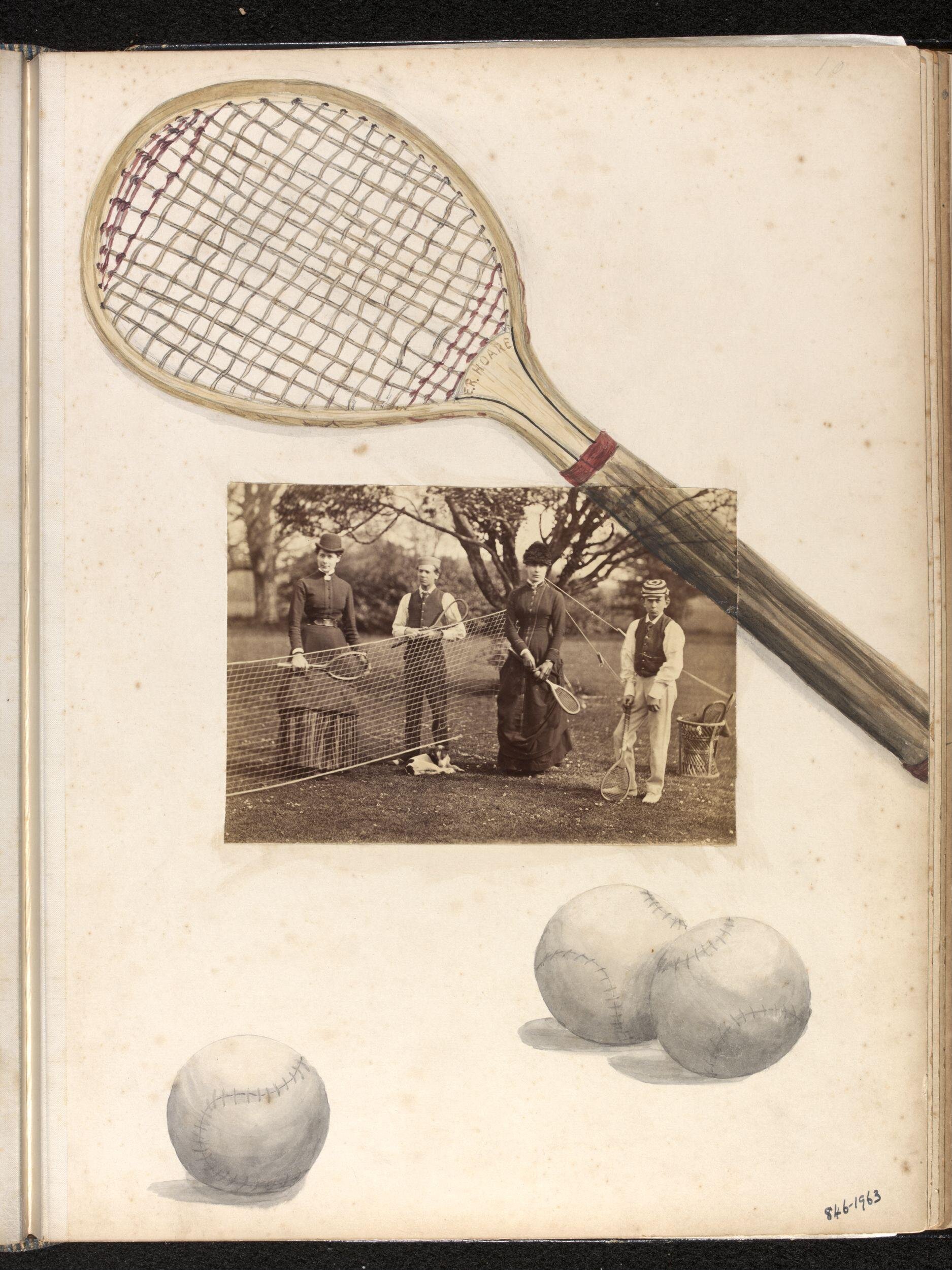
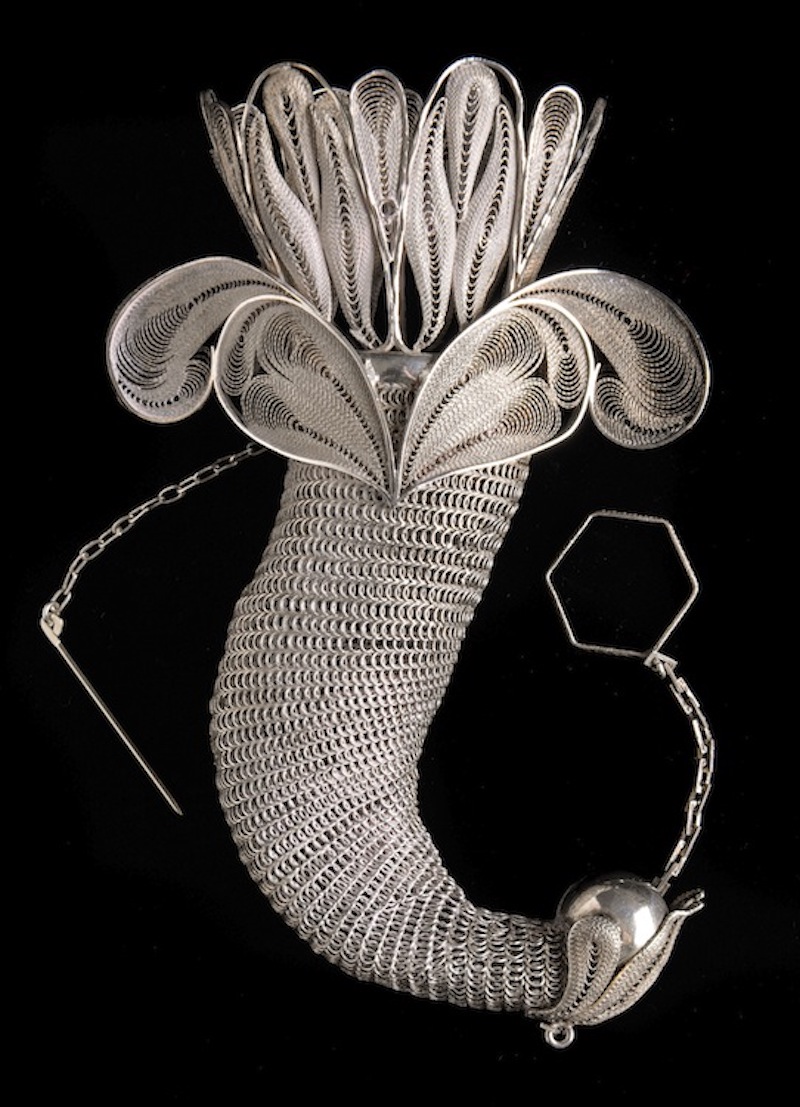
I love that you have your great-grandmother’s friendship books!
I am also very much thinking I might start one for myself…
We have my great-grandmother’s – 2 of them. One has primarily family and very close friends, the other has more formal acquaintances. They are treasures:-) Some of the examples you show are stunning! Might need to make a new tradition.